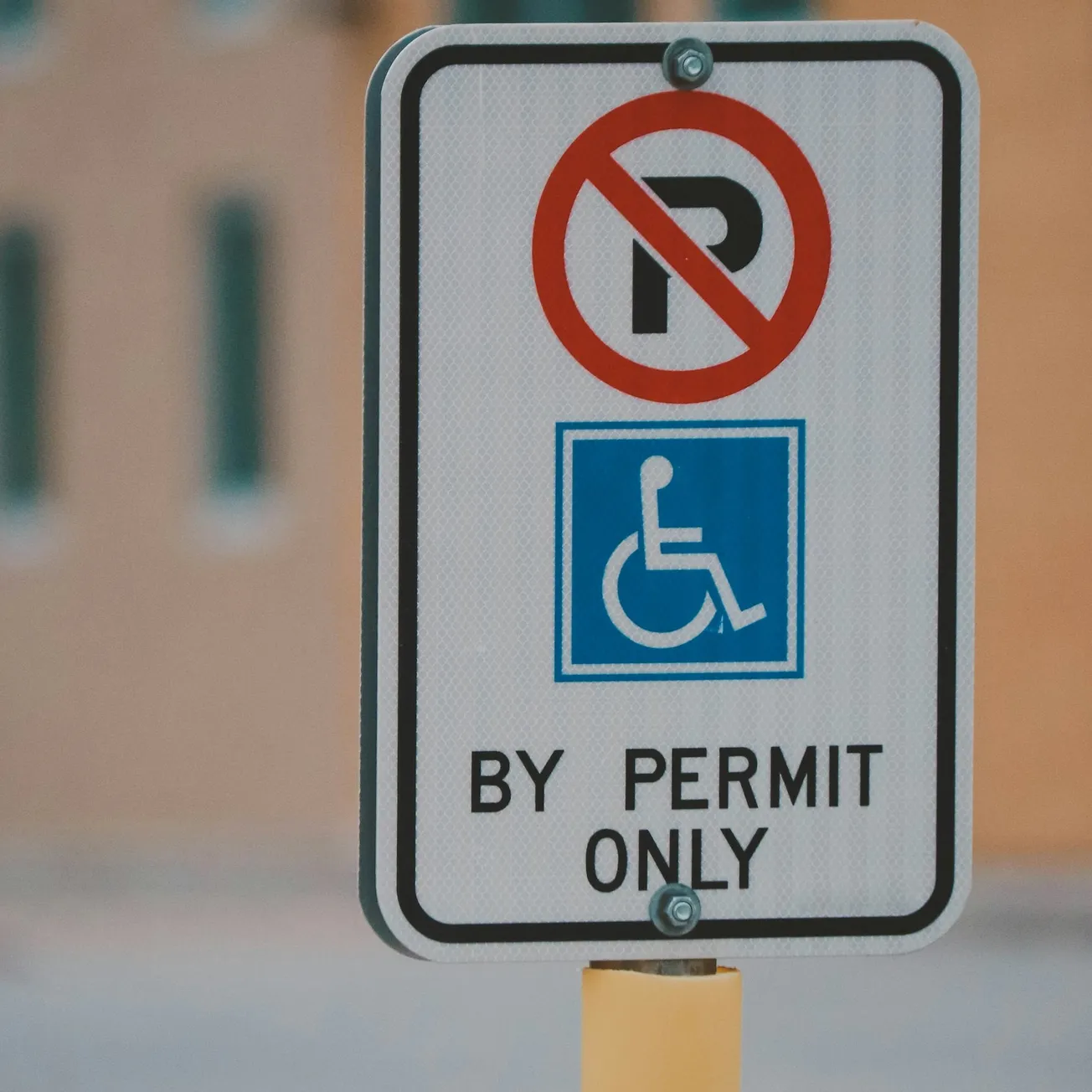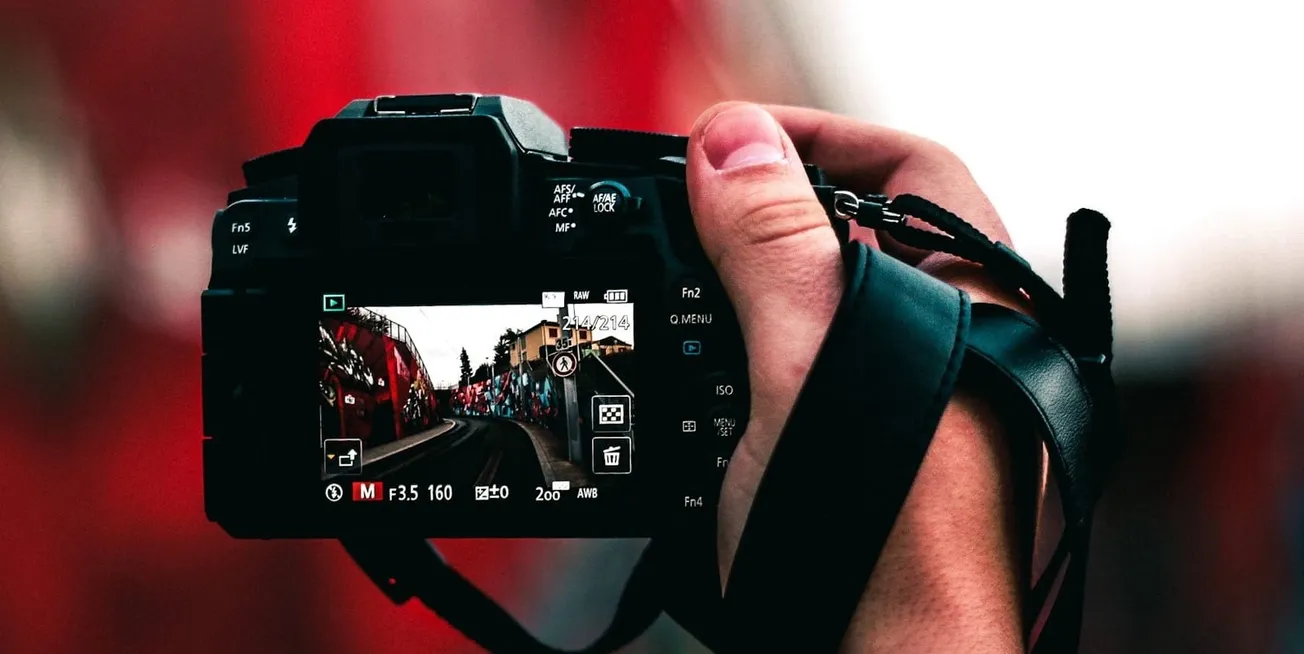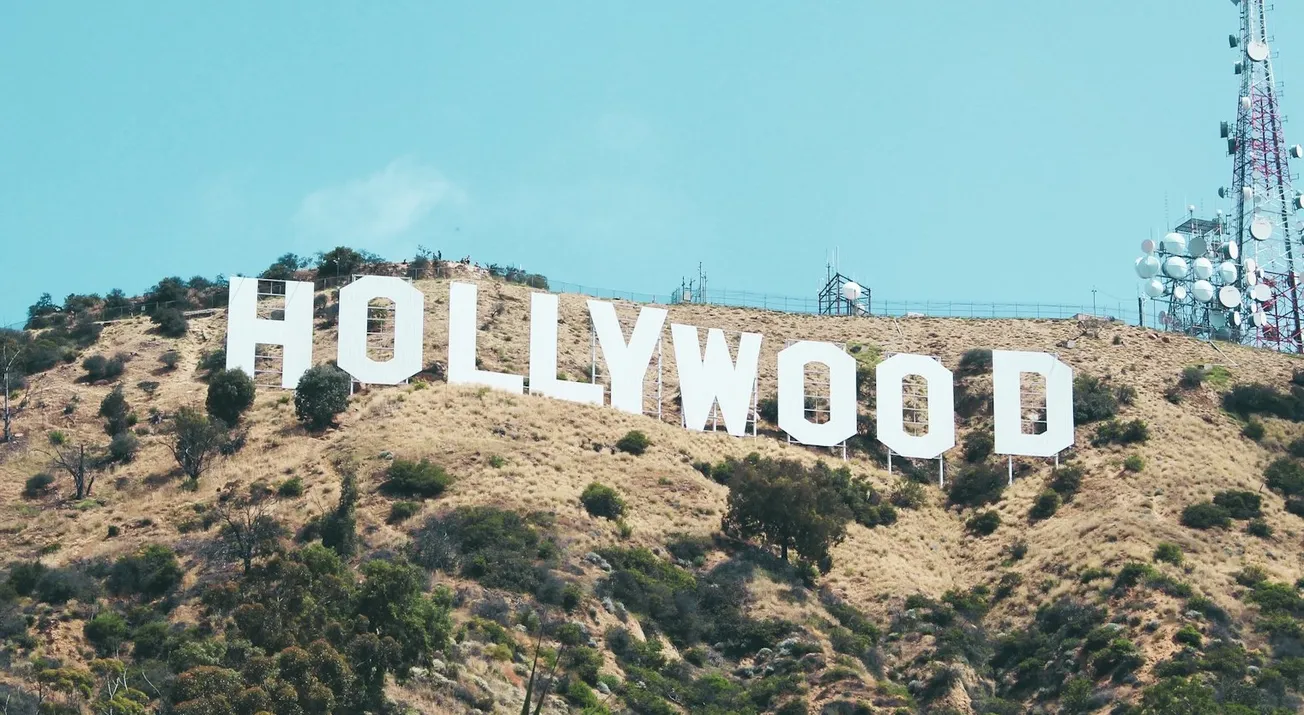Table of Contents
Throughout your pre-production and production phases, securing various types of permits and licenses from third-party rights holders and government agencies is a major part of the job. We’ve compiled the key types of permits you should familiarize yourself with since you’ll likely come across them regularly in your career:
One of the first things you’ll want to consider early on is your filming locations and seeking applications for Location Permits allow you to legally film where you’ve chosen. Public locations (a local city park or a government building) or private locations (such as a residence or a retail shop) require that you secure the right legal permits and follow application procedures. You’ll also need Property Releases from owners of identifiable locations. These releases outline the conditions for inclusion of their property in a production and include fees (if any) paid to owners. Here is where you’ll also find conditions for use and how the property should be restored when production is over. Both of these are important for legal compliance and ensuring respect for the community while you are a temporary neighbor during filming.
Beyond the locations, certain elements used within the production need to be given careful consideration and one of these is the music in your production. Using music and sound in filmmaking adds depth but requires proper licensing to avoid legal issues. First, consider if you are using original music or pre-existing music. Music Licenses need to be cleared by all rights holders and these permissions can include everything from copyrights, sync rights to performer rights. If you don’t have the budget for all music clearances, you may also consider royalty-free libraries where the music is pre-cleared.
In addition to contracted talent, you’ll need to obtain talent releases from extras included in the production. Using someone’s likeness and image must be cleared in the form of Talent Releases. You’ll also want to make sure you reference agreed upon payments (where applicable). Obtaining consent demonstrates ethical filmmaking and respect for individuals' privacy. These releases grant the right to use individuals' likeness, image, performance, and contributions.
Just as you wouldn’t want anyone infringing on your production’s legal rights or using your assets without permission, all trademarked and branded materials should have authorization in the form of a license detailing your specific use and license fees.
Film Commission Permits: Your city and state’s film commission oversees much of the permit process so you’ll want to start here. It is their job to assist you with any unique needs your production may have and guide you to the proper resources and application procedures.
While the following may not be applicable to every production, it is a good practice to know the industry standards when it comes to our next section. Starting with Firearm and Special Effects Permits. This one seems pretty clear but do be sure all safety permits and trainings for explosive effects and firearms have been met. This ensures the safety of your entire production community as well as the public.
If your production is lucky enough to travel across countries or even continents, you’ll need to have a firm grasp of international regulations which vary from place to place. Be familiar with local customs and traditions and determine if some of these will effect your production.
Depending on the nature of your production, you’ll want to do your best to adhere to eco-conscious filming practices and always follow the regulations when it comes to using resources or avoiding any toxic materials that can be harmful to the environment.
Another important category to be aware of relates to Child Labor Permits. There are many laws in place to protect the rights and safety of child actors and it is imperative your production has obtained all necessary permits to work with children. This can be everything from regulating their working hours to having tutors on set, so be prepared if you are working child actors.
While this next one is not for every type of production, but for those who are working with animals, make sure everyone on the production is trained about their ethical treatment (if any) during your shooting and have the permissions from property authorities.
Now that you know the major types of permissions sought after for filming, here are our recommended steps to help you identify rights holders and seek the appropriate authorities to contact.
1. Research: Start with the Mayor’s Office website and review their filming policies in the cities where filming will take place. Explore the requirements, regulations and identify other designated agencies that oversee productions. 2. Local Contacts: Connect with film commissions, offices, or industry associations for further guidance and to learn from experiences of similar productions.3. Network: Join a few social media groups where you can connect with the production community. Seek advice from filmmakers familiar with local processes.4. Legal Experts: We strongly recommend working with an entertainment lawyer for guidance on local regulations. They will have the experience to walk you through complex areas and permits you may not have secured on your own.
Take the time to be organized and know which permits you will need. When you identify relevant authorities and rights owners early, you pave the way for a smoother permit application process, ensuring compliance and efficiency in your film production.
Here’s our takeaway as you start to navigate and manage permit process effectively:
1. Compile a Detailed Checklist: Include all your unique production elements needing permissions. Include your major categories and subcategories to make sure your list is thorough.
2. Collaborate: Work closely with all departments to make sure all requirements are covered. This includes your legal department and creative and everyone in between.
3. Review Script: Identify locations and creative elements requiring permissions and make notes of where to seek those rights.
4. Legal Consultation: Seek advice to ensure comprehensive coverage.
5. Document Findings: Create detailed records of the type of permissions and permits sought as well as where you are in the process, whether they’ve been secured, still awaiting replies or any further info that you need to supply. You’ll need this reference if issues arise and for peace of mind.
Understanding the scope of permissions for your film production is crucial to be legally compliant and conduct due diligence to prevent claims from arising for unauthorized use. Not having all your permits before shooting can lead to disruptions during production and helps you stay within your budget allocations. No one wants any halts or budget surprises to pop up. By pursuing comprehensive coverage you’ll be able to remain transparent with your stakeholders and keep everyone informed. As a producer, the world of film permits and licenses is a fundamental aspect of bringing your creative vision to life while adhering to legal standards and prioritizing respect for the community, your talent and crews. Each permit and license obtained is a testament to your commitment to ethical filmmaking and professional excellence.









